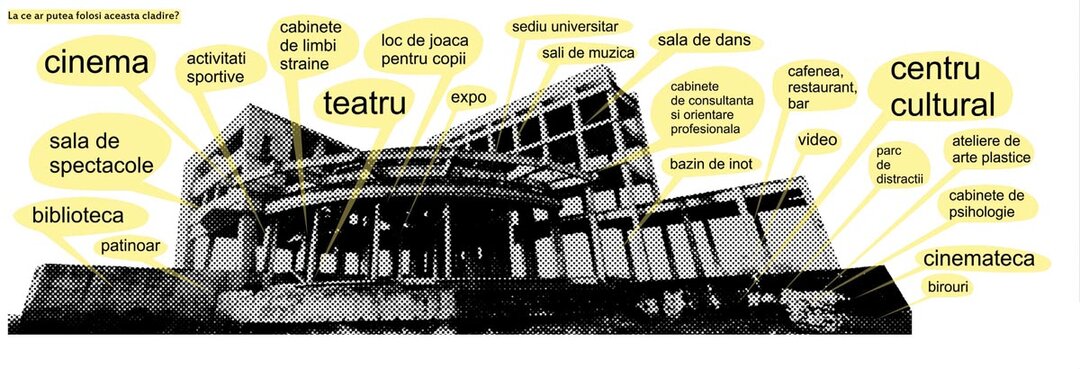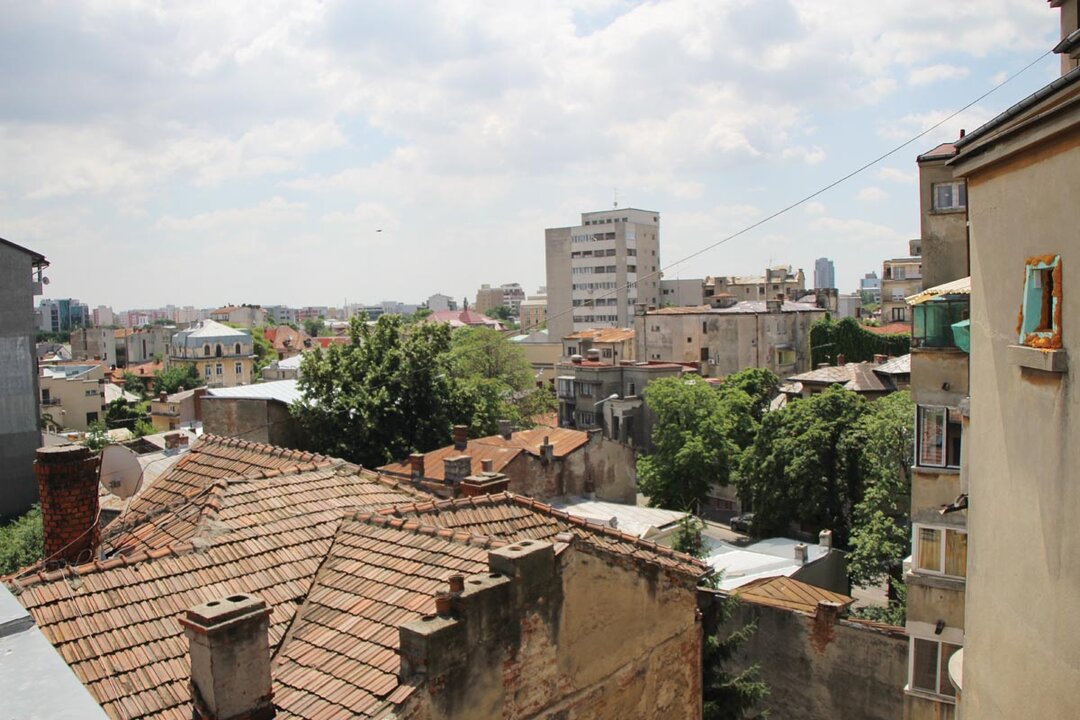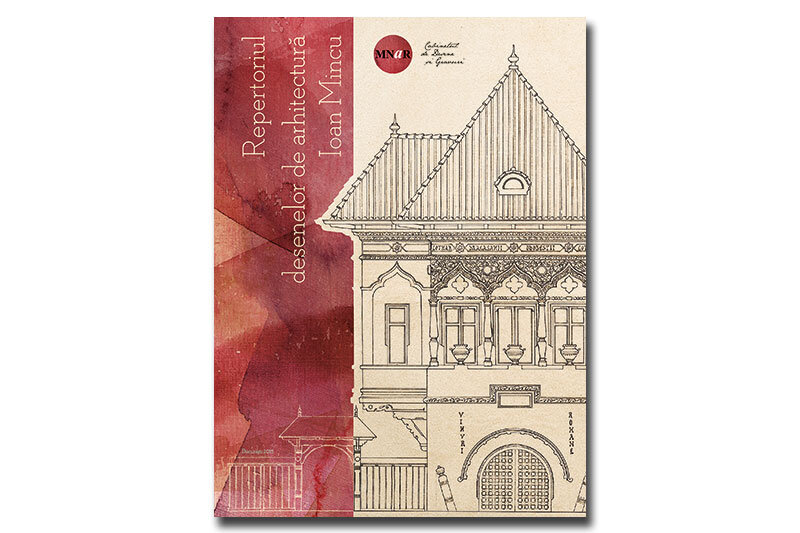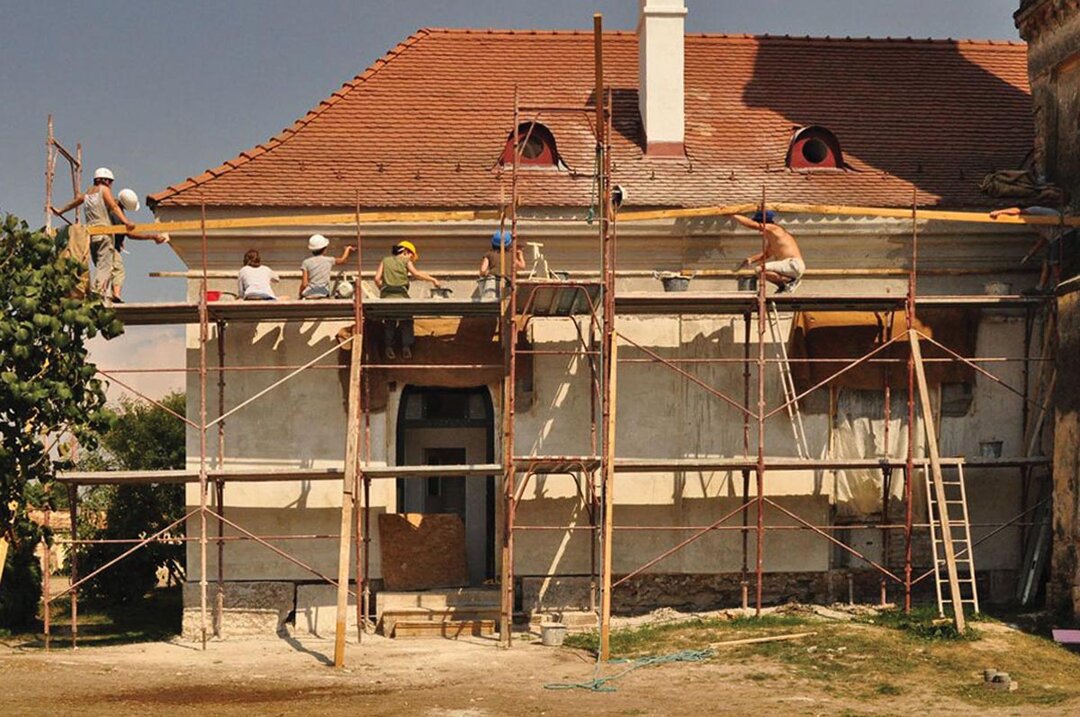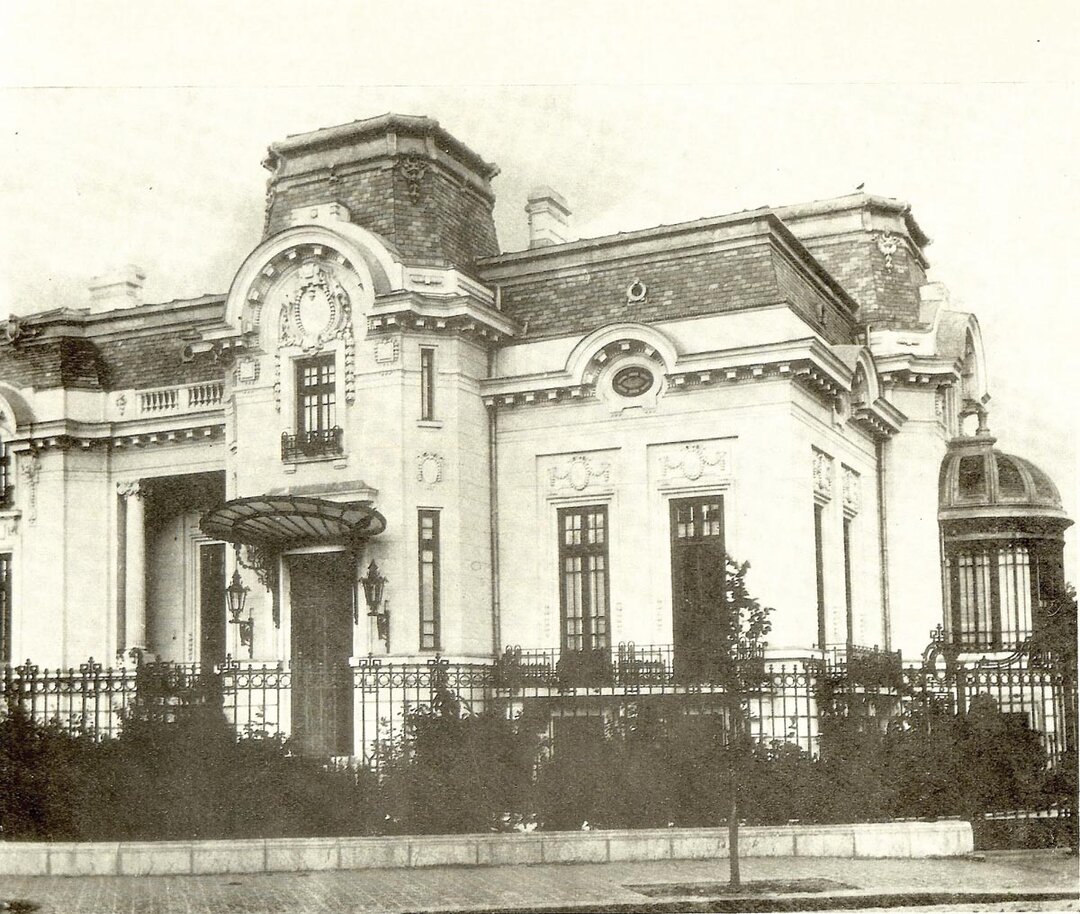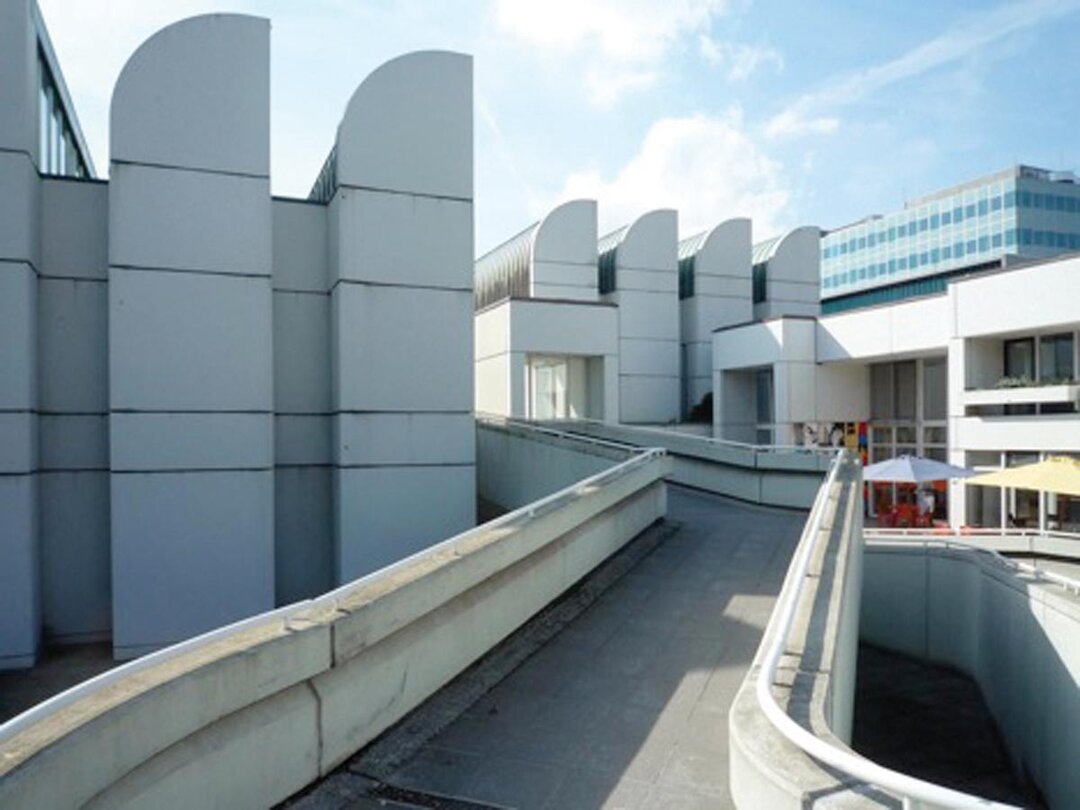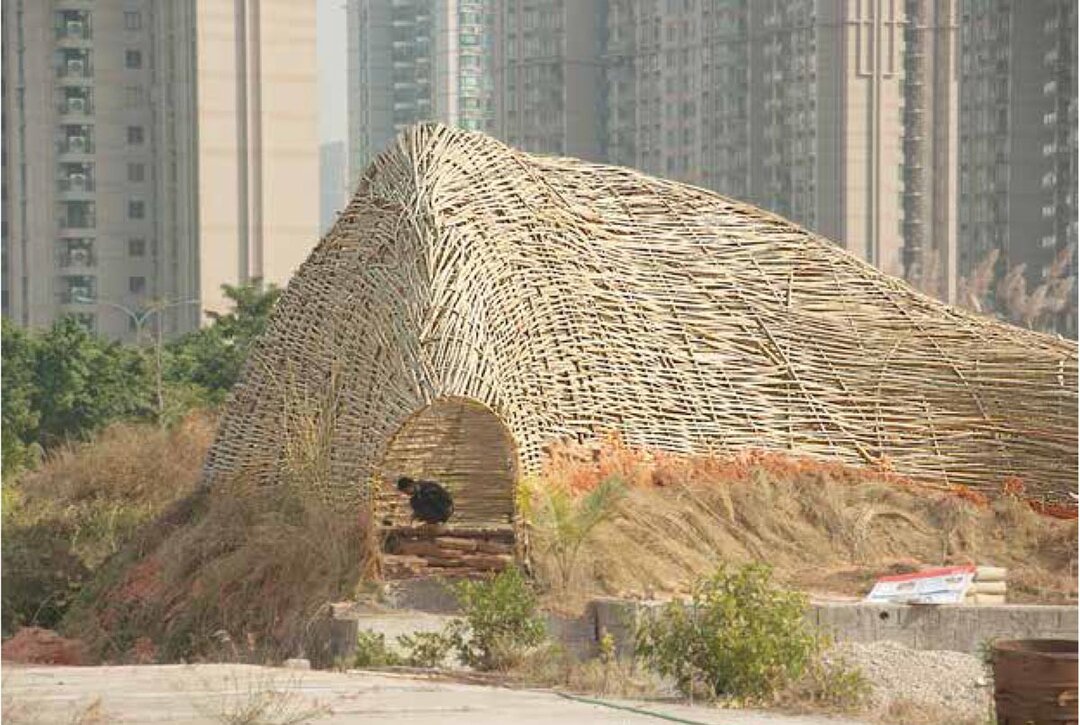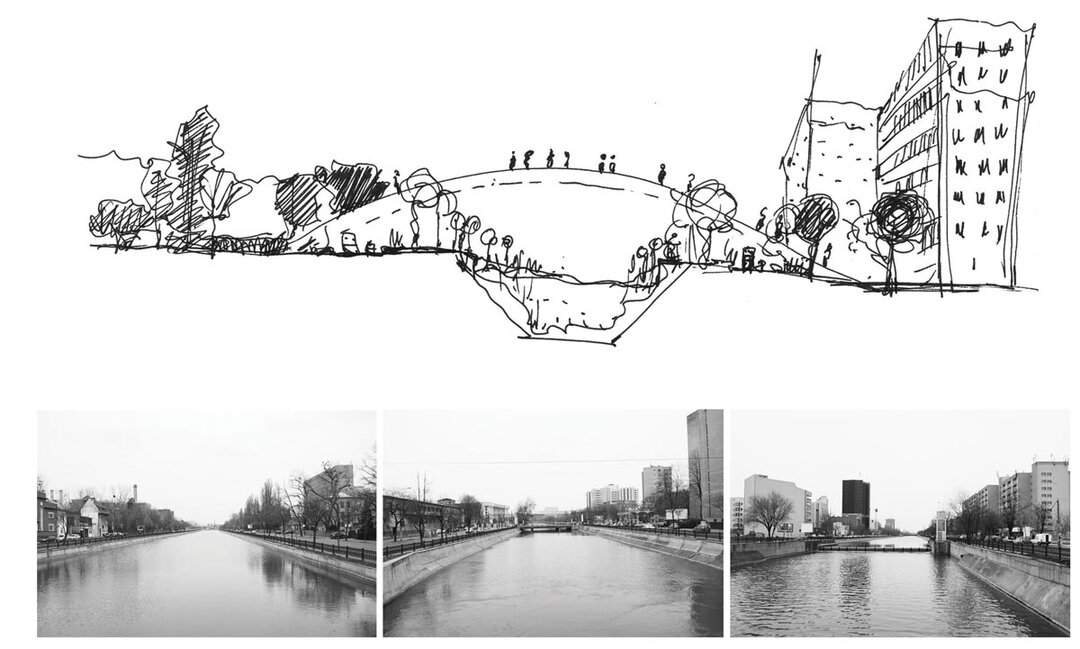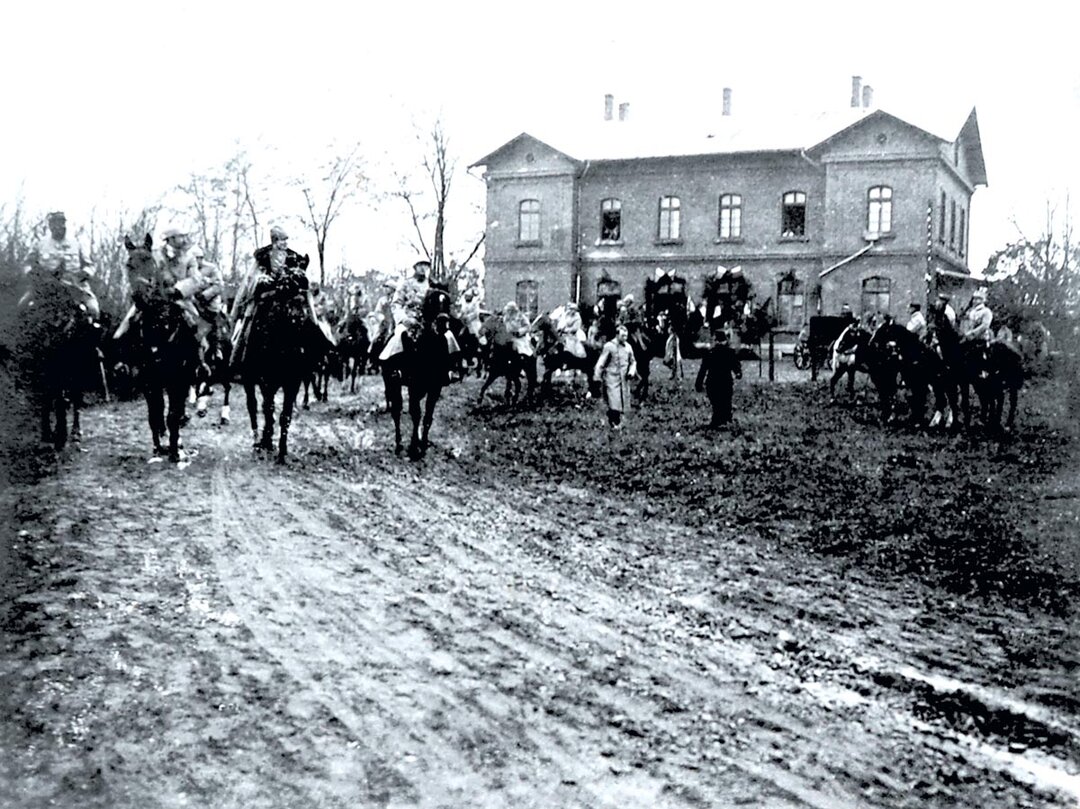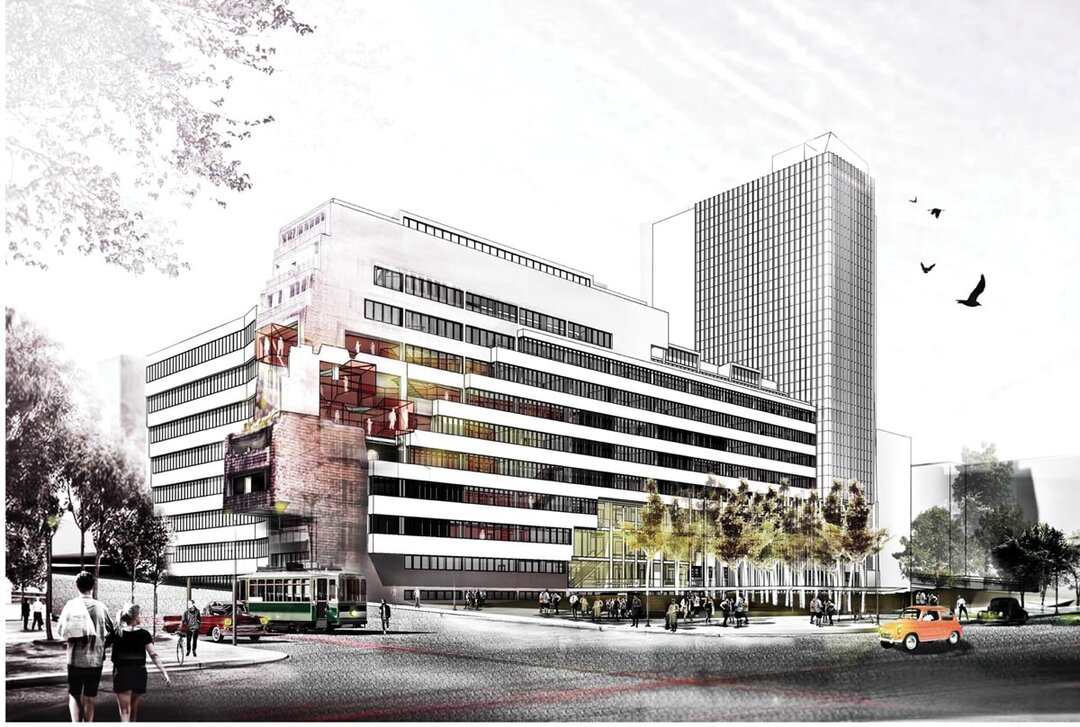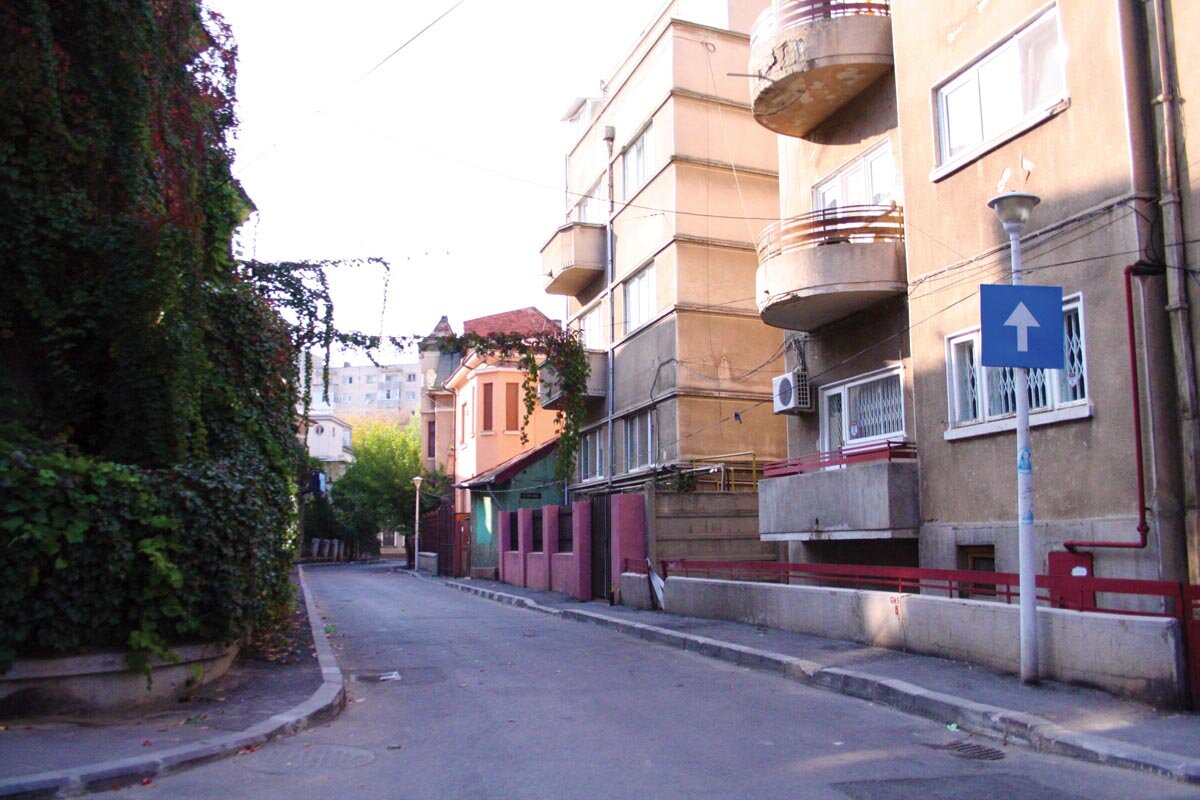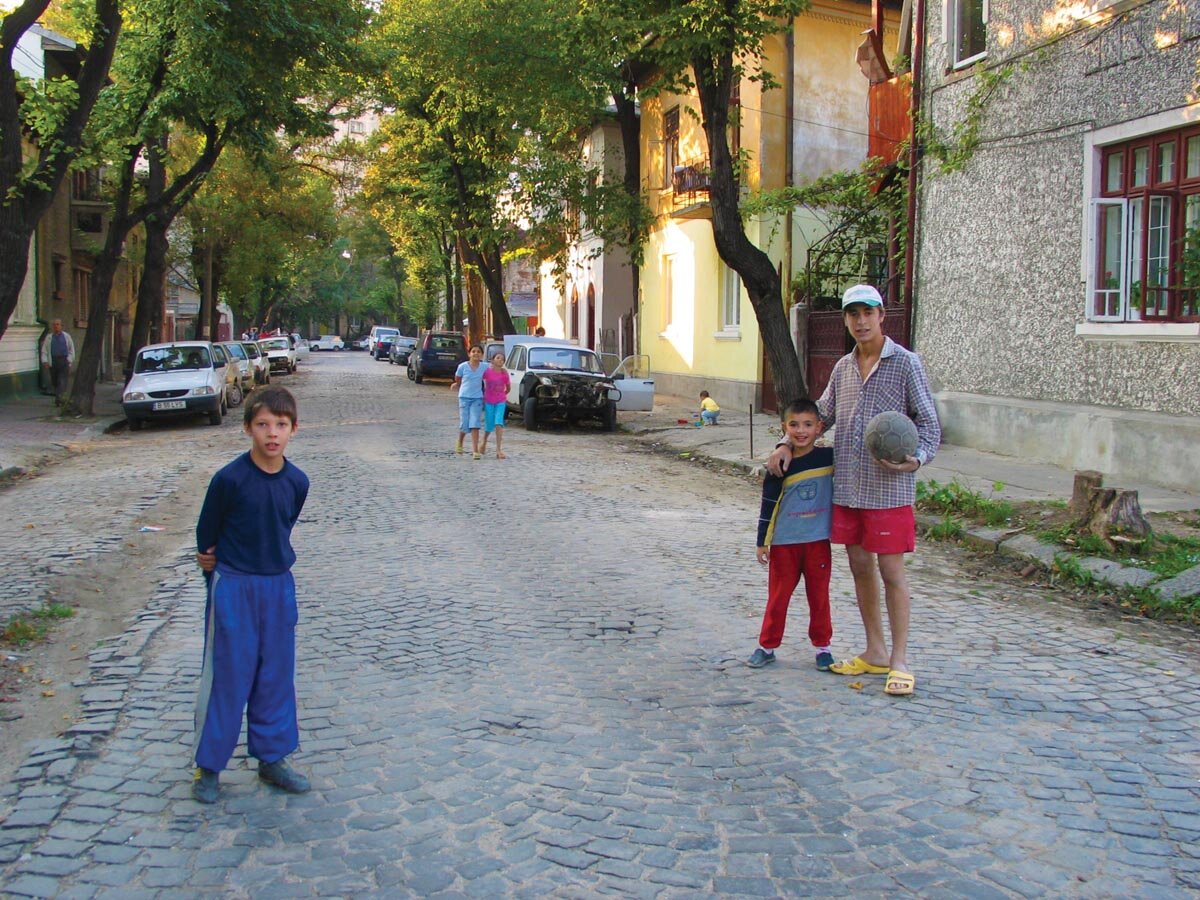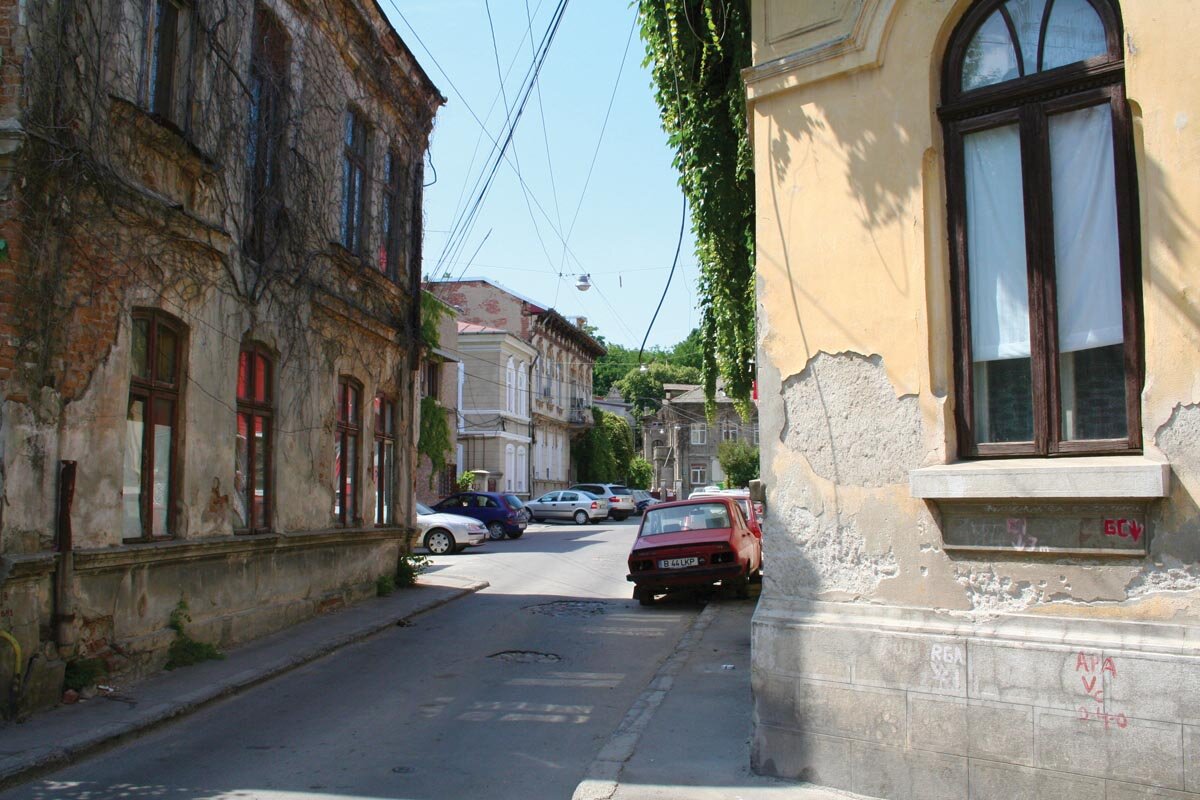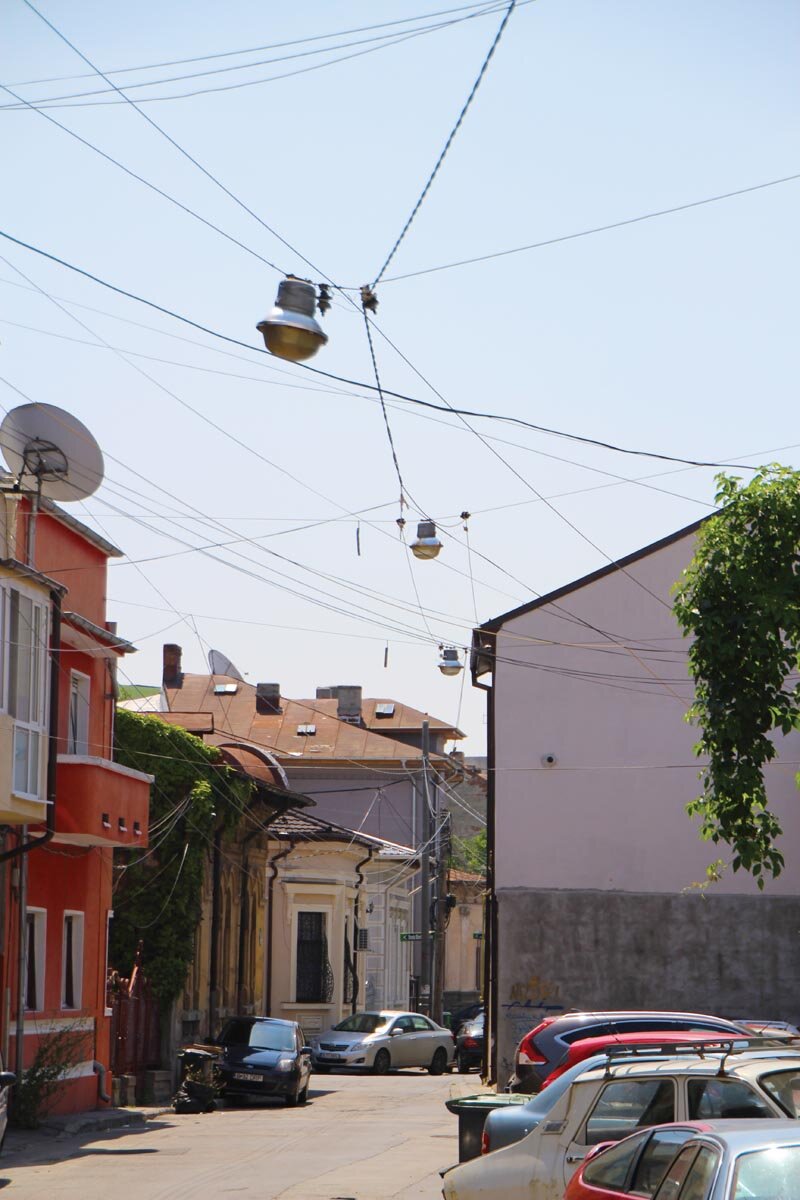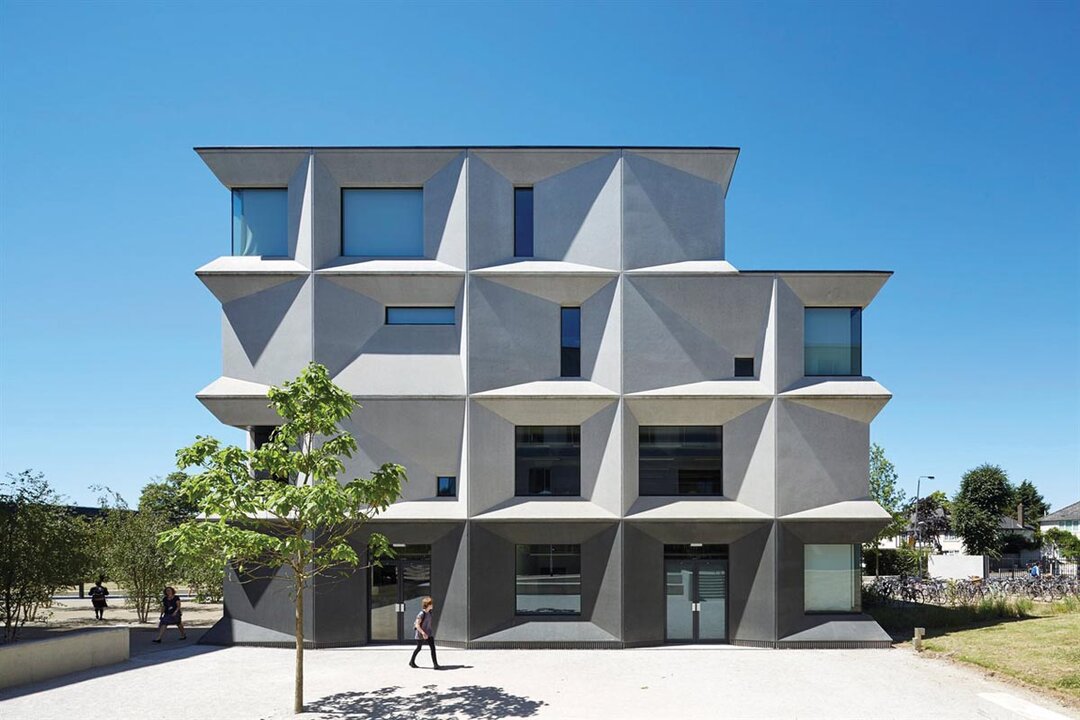
Structure – Non-structure
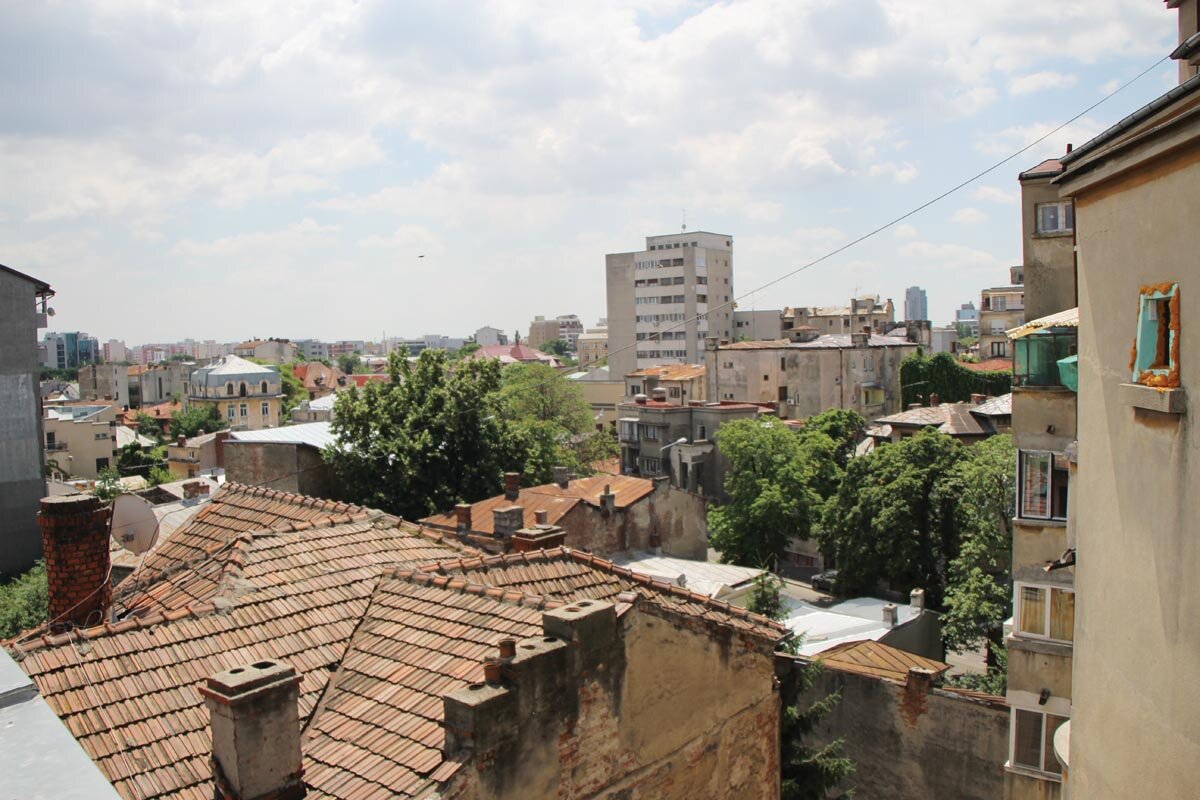
The theme of this issue immediately excited me, given my passion for maids... I was again imagining other words about maidane! I was drowning in rivers of phrases and images. But then a series of questions arose. Could it be that my childhood slums, which I love so much, are unstructured spaces? Or unstructured? Do they stem from a previous spatial logic, or did that logic never exist?
An unstructured space somehow presupposes a former and perhaps forgotten structure, from which that space to dis- detach/unpart/ de(s)-structure? It presupposes a former image with meaning. But what does a structure mean? Almost instinctively, we often link the idea of structure to the idea of an easily legible and intelligible image, a regularity, a rule. But the legibility of a space depends on access to its cultural/genetic code. Without this code we cannot read a spatial structure.
I have often contemplated the old plans of the Bucharest I love and admire so much. And I love and admire it precisely for its (apparent!) lack of structure, precisely for its opacity in the face of an outside reading lacking patience. I admit I'm bored by structured cities. I am bored of Paris, Vienna and Barcelona, their elegance and clarity turned into a lesson in urban planning applied with a shoehorn. I love Bucharest out of a form of extreme egoism. Bucharest can only belong to those who have kicked it at 5 o'clock in the morning, accompanied only by a stray dog in the crowing of the roosters. So Bucharest is a city that I share with few, and, of those, many are my beer or book friends. My possessive jealousy is easier to live with among friends. Many others despise Bucharest... because it's unstructured. How many times did I hear that when I was at school? And, unfortunately, enough people are professionally struggling to organize it. I feel personally assaulted, even though no one thinks about my deep "love affair" with Bucharest.
But is Bucharest a destructured city? Or was Bucharest an unstructured city before some tried to structure it? Is it because it lacked geometry that it also lacked structure? Does it lack structure simply because its mathematics does not come from a cold mind poured onto a sheet of paper?
The structure of Bucharest has another genetic, that of landscape. Its mathematics is one of slopes nonexistent to the hurried eye, of waters dried up under the bulldozer of order, of winds transformed by geometry into whirlwinds on street corners. I often contemplate Borroczyn's colorful plan and can't help noticing how much mathematics there is in it. What order! Bucharest's mathematics is corporeal, biological, far too complex for a Euclidean reading of space. The city's parallels are never drawn to the city itself, but to the landscape beneath it. You can't ignore the elegance with which the streets trace the fractal contours of the reedbeds of the eternal puddles, not when you see it. But you can simply not see it! And that's because we don't know the code, we don't have that reading key the French talk about. We analyze all cities as if they were all born on the same sheet of paper. Except that almost most of them are not born on drawing boards, but on very deep, diverse surfaces, all in motion. Many are brought disciplined onto the sheet of paper that has no depth. On the old plans of Bucharest we can read (between the lines, just as we read between the words) an entire underground hydrology, a detailed pedological map. On the new plans we can't read anything, they are mute in relation to depth... rarely, some of them tell about pipes and cables. (...)
Read the full text in issue 6/2015 of Arhitectura magazine

